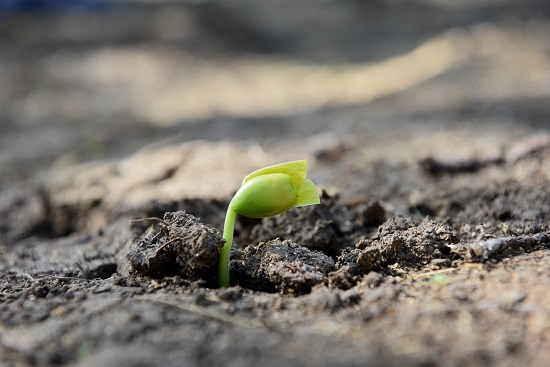Gearing up for germination

In viable seeds, all sorts of chemical reactions take place in preparation for germination. It is instructive to map the different types of reactions onto three different regions of the isotherm, as we have done in Figure 8 (below):
Figure 8 shows the types of reactions that can occur in food products. It is known as a ‘food stability diagram’, and is relevant to us, since many food products are derived from seeds such as grain. In region I, where aqueous water is scarce, reactions include lipid oxidation, which does not require a lot of free water. Lipid oxidation falls off in region II, in favor of enzymatic and non-enzymatic reactions, which require more water. These reactions reach their highest rates in region III. This enzymatic activity allows the seed to carry out important metabolic processes including respiration, repairing aging-induced damage and preparing for germination.
Biochemical reactions in seeds
